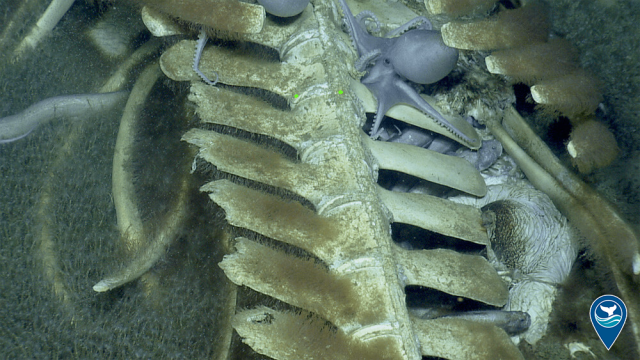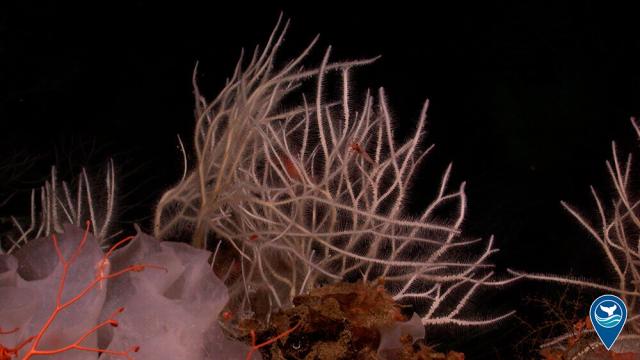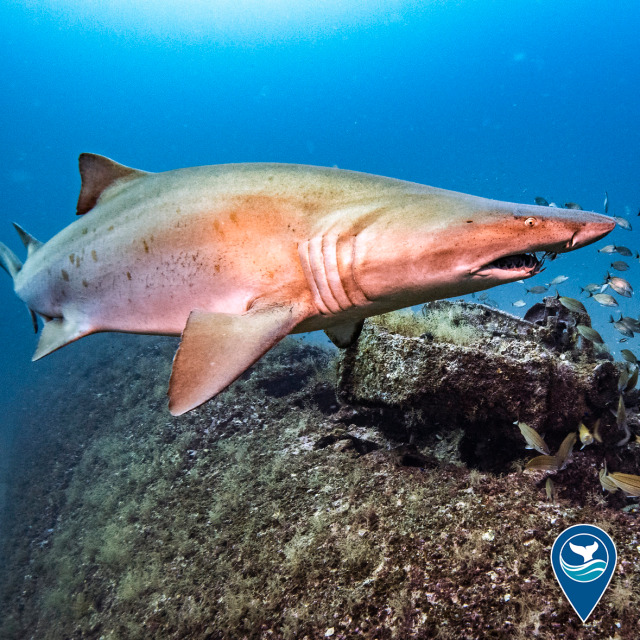#montereybay




Davidson Seamount, located 80 miles southwest of Monterey, California, was first mapped in 1933 and was the first undersea feature to be characterized as a “seamount.“ Roughly 200,000 seamounts exist throughout the world, but relatively few have been explored and protected. Since the first biological expedition to Davidson Seamount in 2002, it has been globally recognized as one of the best studied and most protected seamounts.
Learn about some of the cool findings made in Monterey Bay National Marine Sanctuary and how this protected seamount teaches us about unique geologic formations deep in the ocean that contribute to ecological quality and ocean productivity.
Read it here: https://sanctuaries.noaa.gov/news/may22/explore-spectacular/10-discoveries.html

Saturday snoozin’ or soakin’ up the sun? ☀️ These California sea lions really know how to do both!
We are wishing you a beautiful Spring weekend from all of us at NOAA’s Office of National Marine Sanctuaries. How are you spending your Saturday?

Invasive species alert
This large, golden-brown kelp species, Undaria, is native to Japan, Korea, and China. So, how did it end up in Monterey Bay National Marine Sanctuary? Undaria frequently catches a ride around the world on boat hulls or in ballast water. Upon arrival to a new area, if weather conditions are right, it can cling to new boat hulls, clog docks, smother fishing gear, disrupt marine farming, or even alter marine ecosystems. Due to its catastrophic affects, Undaria is considered one of the world’s worst invasive species.

Monitor National Marine Sanctuary is home to the sand tiger shark. Our #WorldWildlifeWeek two truths and a lie game continues- can you guess which of these three statements is not true?
- Sand tiger sharks are only found in shallow depths (less than 100 feet).
- Sand tiger sharks are migratory within their region.
- Sand tiger sharks can be found in warm and temperate seas around the globe.
Inside a #SantaCruz icon!!! #NaturalBridges #kingtide #onceayearthing #montereybay #santacruzCA #seeninSantaCruz (at Natural Bridges State Beach)
Post link
All hail the return of the #OchreStar to our #tidepools!!!! #pisasterochraceus #centralcoastcalifornia #californiacoast #minustide #seastars #montereybay (at Davenport, California)
Post link


